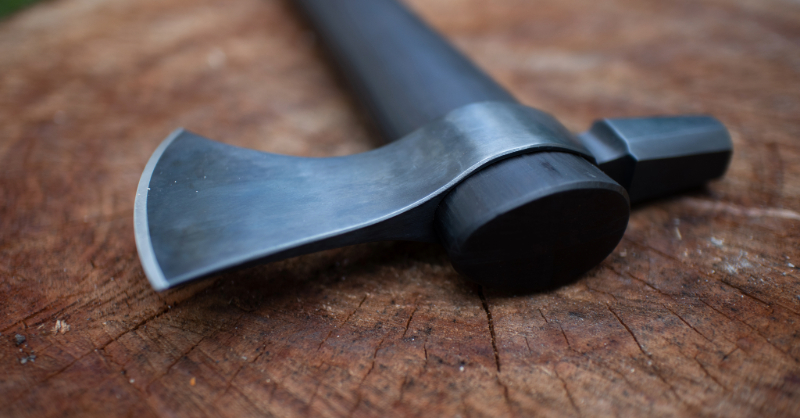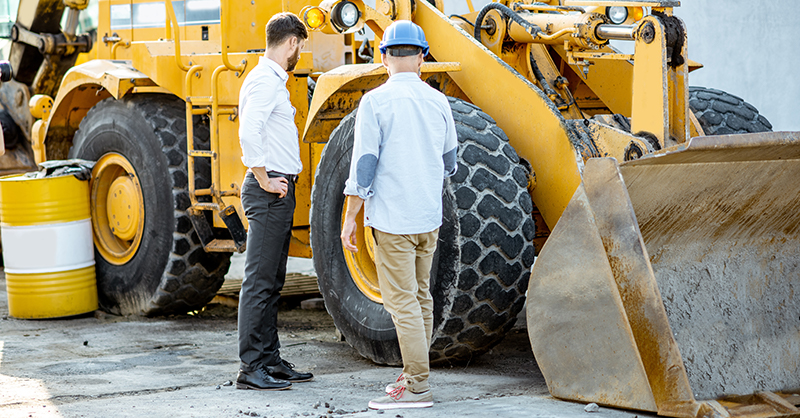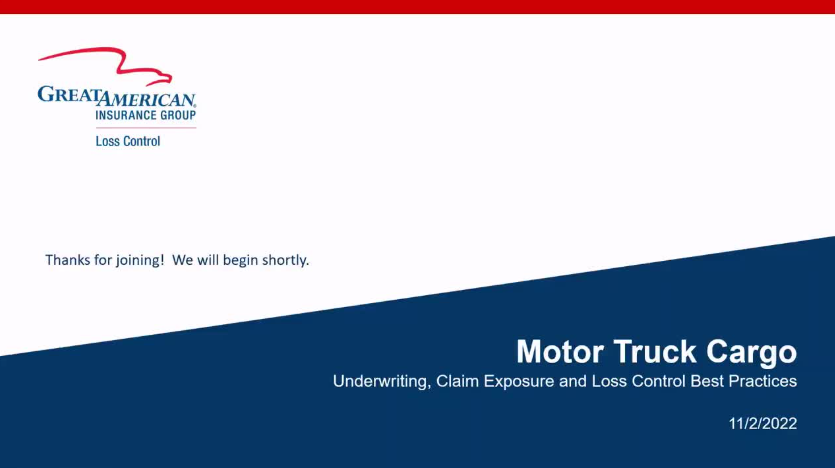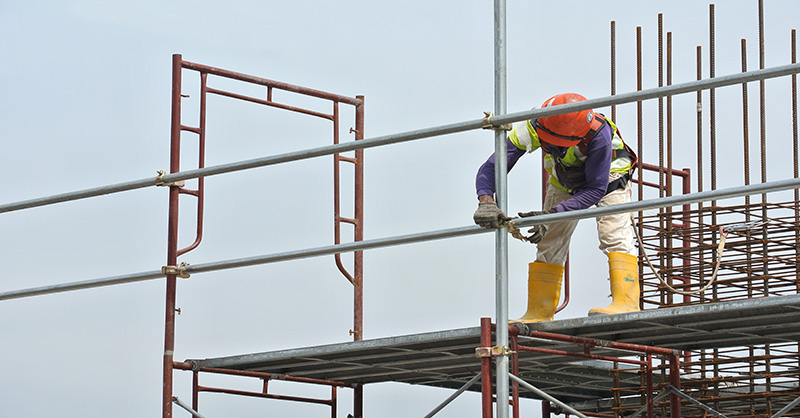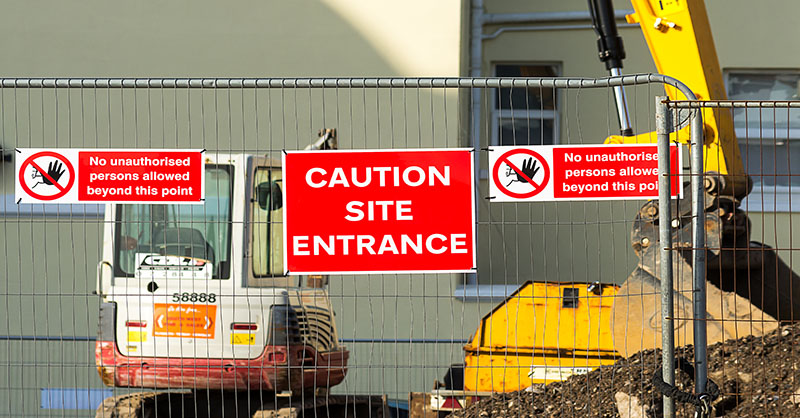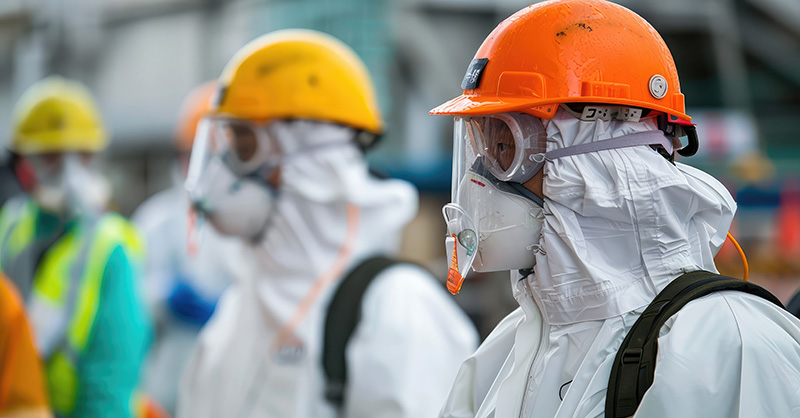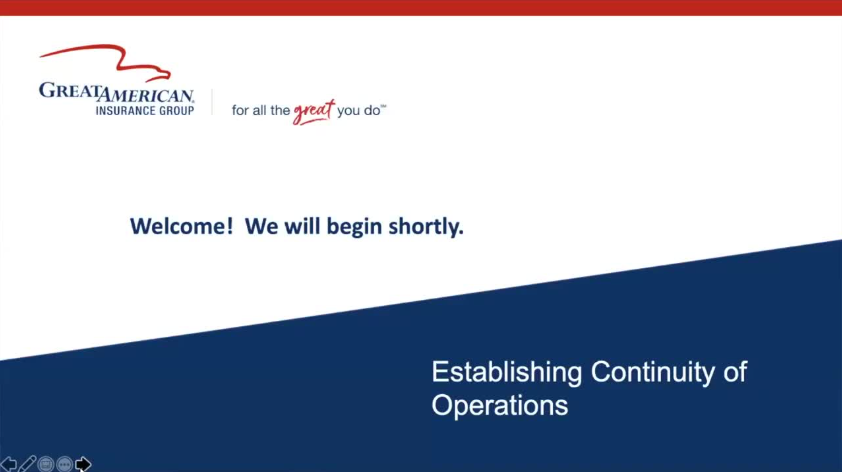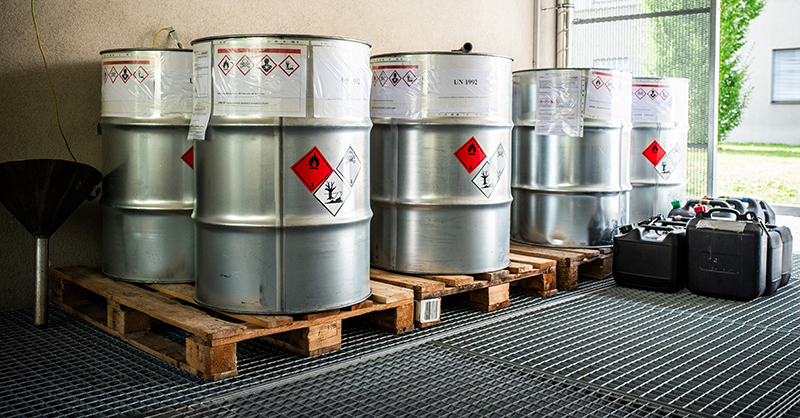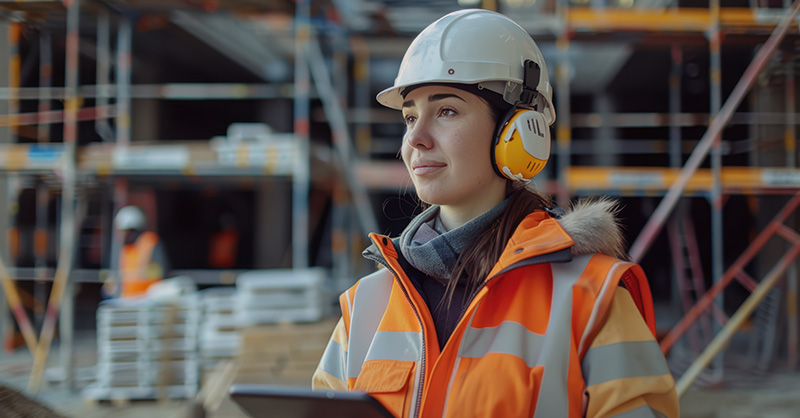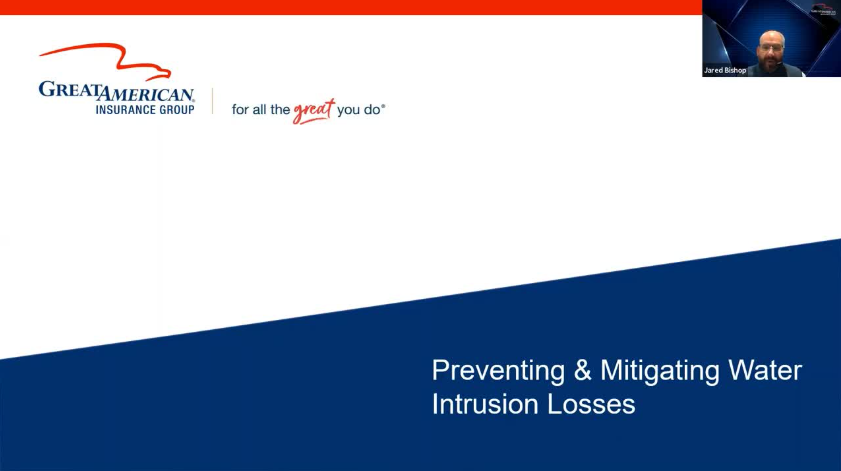Help Improve Crane Safety on Your Construction Site
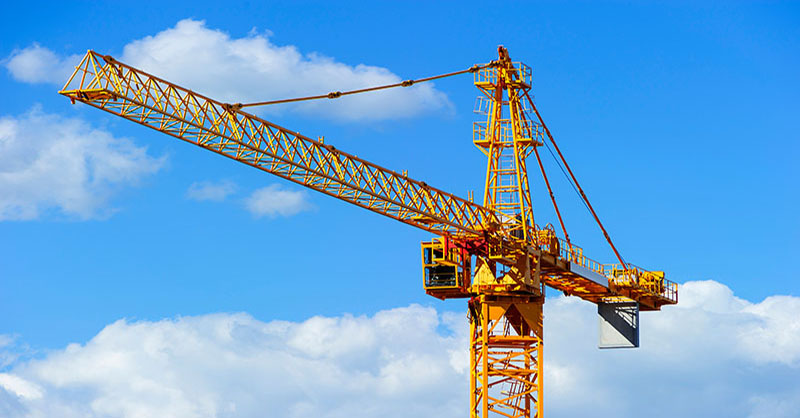
Cranes are one of the most critical pieces of equipment in modern construction. When operated correctly, they lift and move heavy materials with the precision needed to complete successful projects. Cranes are also often one of, if not the largest pieces of equipment on the job site. Due to their value and size, their usage also brings a unique set of exposures. They must be maintained sufficiently and operated by professionals in a safe environment to avoid harming workers or causing property damage, which in the worst cases can result in death or failure of the project.
From 2011 to 2017, the Census of Fatal Occupational Injuries (CFOI) reported 297 total crane-related deaths, which is an average of 42 per year over this seven-year period. It is crucial for project managers to specifically address best safety practices in their prevention plans.
Crane Safety Tips to Help Prevent Accidents
A reliable crane safety risk management plan revolves around two main components: preparation and operation. Every job site is different and presents unique challenges that must be identified and addressed prior to work starting.
Proper planning and established procedures help ensure that the job site remains safe while the crane is onsite. Here are some crane safety tips:
Preparation
Crane safety starts with thorough preparation, including a full assessment of equipment and the job site to help ensure safe and efficient operation.
- Maintenance: Before any operation, all efforts should be made to ensure the equipment is in the best possible condition. This means that cranes should be stored safely when not in use, and designated employees should be responsible for ensuring service and that repair is completed.
- Inspection: A formal procedure should be established to inspect a crane before each project to ensure that it is in working order before being sent to the job site. Cranes should be inspected before every use to help ensure that they are in good working order and that all safety features are functioning properly. This includes checking for any signs of wear and ensuring that all safety devices are functioning properly. The crane should be properly maintained and serviced. Ideally, inspections would be recorded on a written documented checklist.
- Testing: As an extension of maintenance and inspection, it is also useful to implement functional testing at least annually to confirm equipment remains adequate.
- Qualification: The Occupational Safety and Health Administration (OSHA) has regulations that require only professionals to operate cranes. All crane operators and riggers must be properly trained and certified. Furthermore, it is useful to ensure that qualified personnel understand the manuals for the cranes they will be operating because different manufacturers have unique controls.
- Lift planning: Consider lift planning for every lift (and not just those that meet the definition of a critical lift). All lifts are unique, and having a plan can help avoid accidents. Your lifting plan should include, but not be limited to, the following elements:
- Details of the load
- Lifting equipment and gears
- Lifting crew (including their roles and competencies)
- Lifting method
- Requirements to erect or dismantle lifting equipment (if any)
- Means of communication
- Visibility: Assess the job site prior to the arrival of the crane to confirm full visibility of the area where the crane will be operating with no dead spots. Ensure ground conditions are adequate, and avoid working in high winds or other hazardous conditions. Be aware of surroundings to identify potential hazards such as buildings, power lines, trees, bystanders, or any potential obstacles in the way of the crane.
Operation
Safe crane operation is critical to preventing accidents and ensuring the smooth execution of construction tasks. This phase focuses on the practical aspects of using cranes, emphasizing the importance of safety protocols and effective communication.
- Operators and riggers should wear the proper safety equipment, such as a hard hat, safety glasses, and steel-toed boots.
- Keep the crane area clear of debris and other hazards.
- Loading: Many crane incidents are caused by overloading. When a crane is forced to carry a load that it was not designed to handle, it can lead to mechanical failure. This can not only lead to damaging the construction site, but it may also cause irreversible damage to the crane itself. It is crucial that risk managers and operators understand maximum load and respect the limits.
- Stabilizing: Risk managers and operators should be familiar with weight distribution and rigging techniques. Prevent tipping over during operation by utilizing outriggers and other stabilizing features. Always do the following:
- Follow manufacturer guidelines for extending outriggers.
- Use outrigger pads or crane pads underneath outriggers.
- Never place outriggers over voids, depressions or unsteady grounds.
- Use slings that are properly rated.
- Determine the best hitching method for the project.
- Pacing: Many crane accidents are due to delays during the lift. Once a lift has begun, it is best to proceed slowly and deliberately until finishing to avoid an accident. Stay calm and avoid rushing to ensure effective communication during operation. Do not leave the load suspended in the air for more time than necessary.
- Hand signals: Effective communication is crucial for a safe job site. Job sites with cranes operating can be loud, and workers may be at a distance from each other. Establishing a clear set of hand signals is the best method for successful communication between workers during the operation of the crane. These signals can include the following:
- Stop: The most important and should include separate signals for stop, emergency stop, and dog everything
- Boom: Raise, lower, swing, telescope in/out
- Load: Hoist, lower
- Combination: Raise boom and lower load, lower boom and hoist load
- Travel: Trolley, one track, both tracks
Developing a Crane Safety Risk Management Plan
Effective crane safety risk management plans are dynamic, meaning they should be consistently reviewed and developed. After best practices are initially established, it is important to avoid becoming complacent for many reasons. For example, details of a particular project may require adjustments, or advancements in construction technology may lead to new types of cranes.
A robust risk management plan should include ensuring that crane safety is adequate for each project. This also means that a successful crane safety risk management plan is largely dependent upon efficient training and communication. Risk managers are responsible for ensuring that workers have a clear understanding of best practices going into every project.

